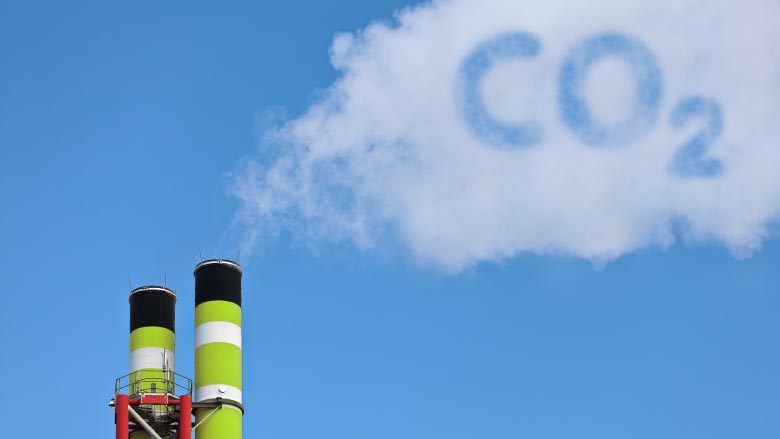Following the globally significant 2015 Paris Climate Agreement, attention is now shifting from the identification of emissions reduction trajectories to crucial questions about how these emissions reductions are to be achieved.
Against this backdrop, and in line with its EU Associated Membership aspirations, Ukraine is planning to introduce a national program to monitor, report and verify (MRV) greenhouse gas (GHG) emissions from emitters in the energy and industrial sectors. It is an important step to identify opportunities to reduce GHG emissions in Ukraine, which will also bring the country closer to establishing a national emissions trading system, or ETS.
The World Bank in conjunction with Ukraine’s Ministry for Ecology and Natural Resources, hosted a kick-off meeting for decision makers, policy practitioners, and stakeholders to exchange views on challenges and options for Ukraine to achieve this goal. The Bank – through its Partnership for Market Readiness – has been supporting Ukraine since 2012.
The event also saw the official launch of a new phase in the implementation of the Partnership for Market Readiness project, with a US$ 3 million grant to support the design and introduction of Ukraine’s national system of monitoring, reporting and verifying GHG.
The World Bank has a long history of fruitful cooperation with Ukraine in this important area. Ludmila Butenko, World Bank Program Leader for Infrastructure and Sustainable Development in Ukraine, Belarus and Moldova, highlighted this collaboration. “The urgency for action to curb harmful emissions and help countries like Ukraine cope with climate change cannot be overstated,” Butenko said. “We are launching the third phase of our cooperation and look forward to seeing tangible results for the benefit of Ukraine and its economy.”
Representing the Partnership for Market Readiness, Pierre Guigon, a World Bank Environmental Specialist, said that “Measuring GHG emissions is crucial to understanding the emission trends of major industrial sectors. Today, over 40 countries already mandate emitters to provide GHG emissions-related data. This information helps policymakers to develop climate change mitigation strategies and policies that reflect national priorities and circumstances best.”
Industries contribute more than one third of direct and indirect global greenhouse gas emissions. Certain sectors, including iron and steel, cement, chemical, and aluminum manufacturing, are the primary contributors to climate change due to their inherent requirement for large amounts of energy.
New technologies can be critical to industry efforts to reduce GHGs but, according to experts, they are not always cost effective. Technology solutions must be complemented by institutional frameworks and policies that counter competitive disadvantages.
Speaking at last week’s event, Olga Yukhymchuk, Head of ETS Implementation and Registry Division at the Ministry of Ecology and Natural Resources – and overseeing the MRV design process – said that to maximize effectiveness, Ukraine’s MRV system had to be designed in a way that is appropriate for the country-specific context.
“We look forward to drawing both on conceptual analysis and on some of the most important practical lessons learned to date from implementing MRVs around the world, including from the European Union,” Yukhymchuk said. “We want Ukrainian industries to play a considerable role in the global effort to tackle climate change. Making them part of the solution, while helping them stay competitive, is our joint key challenge.”
The Partnership for Market Readiness, which is administered by the World Bank, supports countries in preparing and implementing climate change policies. It brings together more than 30 countries—including some of the world’s largest carbon emitters— to facilitate exchange of technical knowledge, expertise and experience, and to enable collective innovation.

